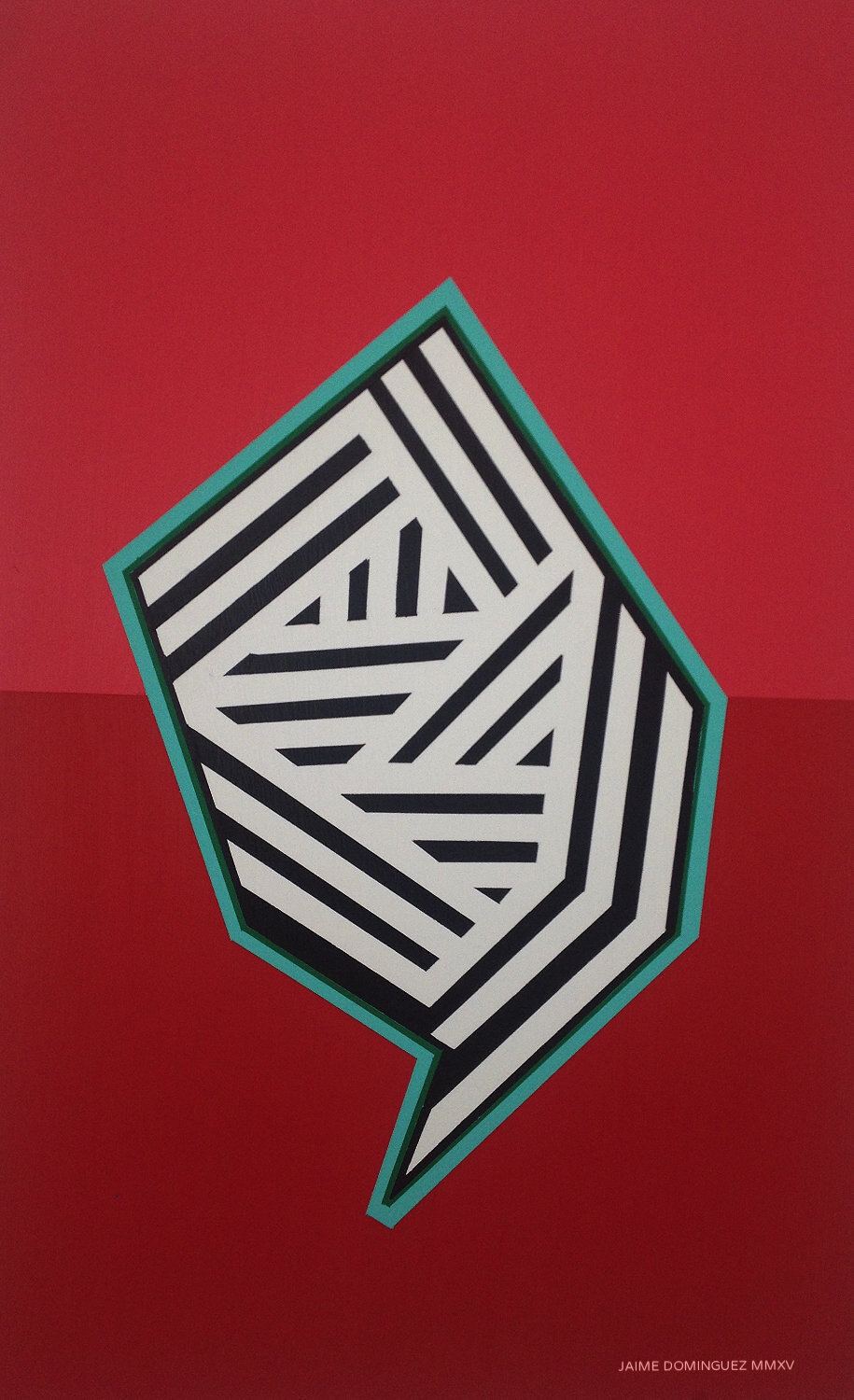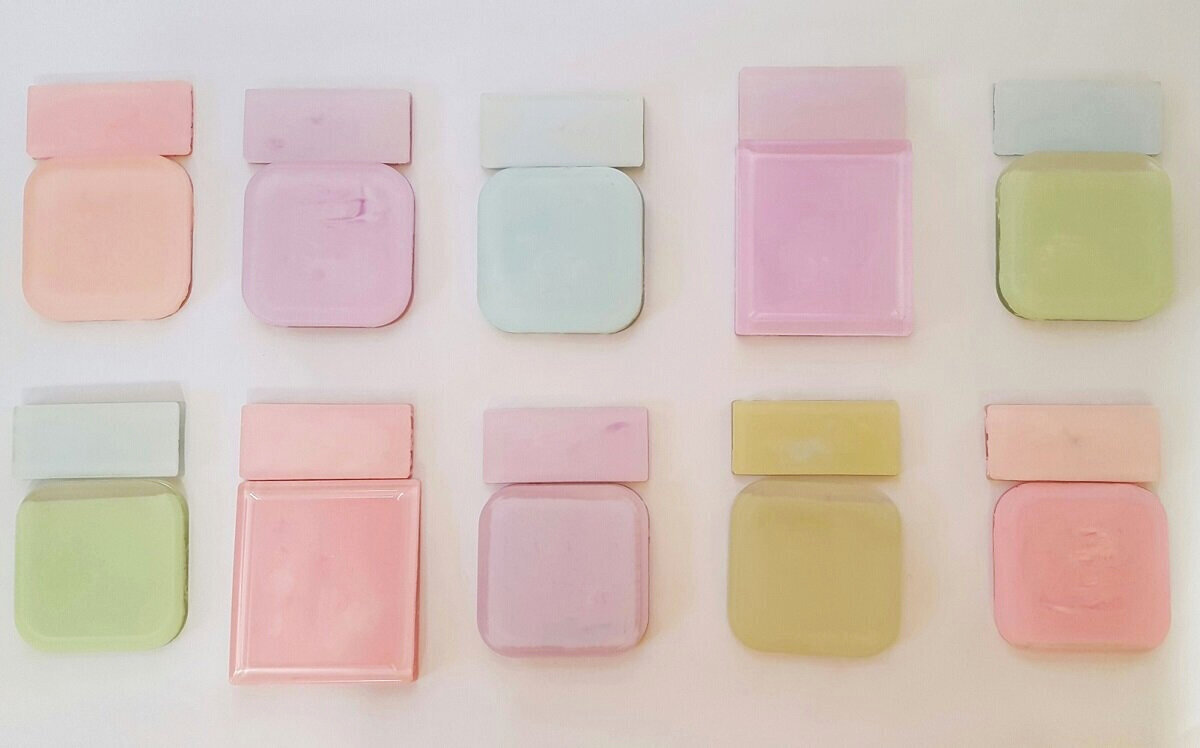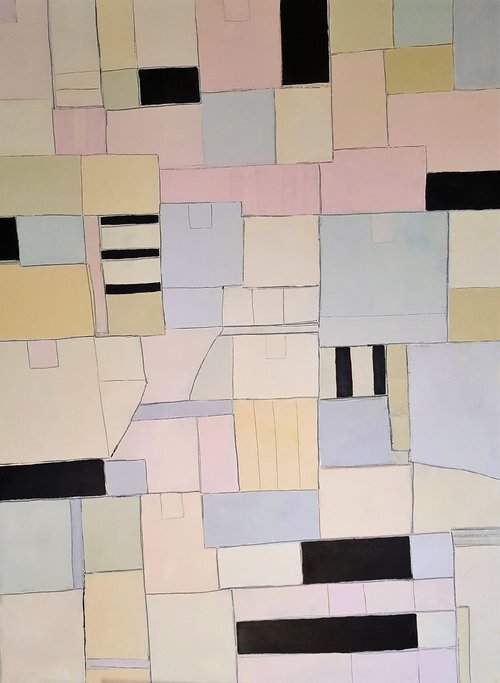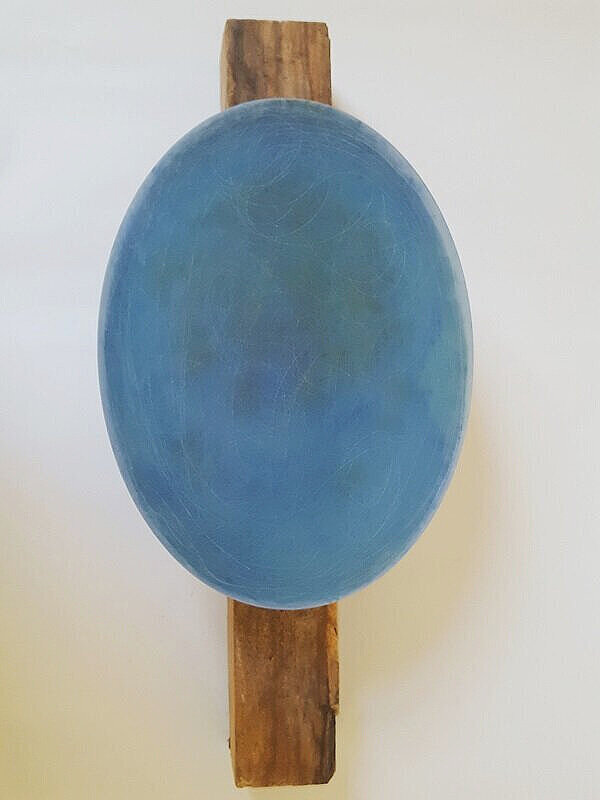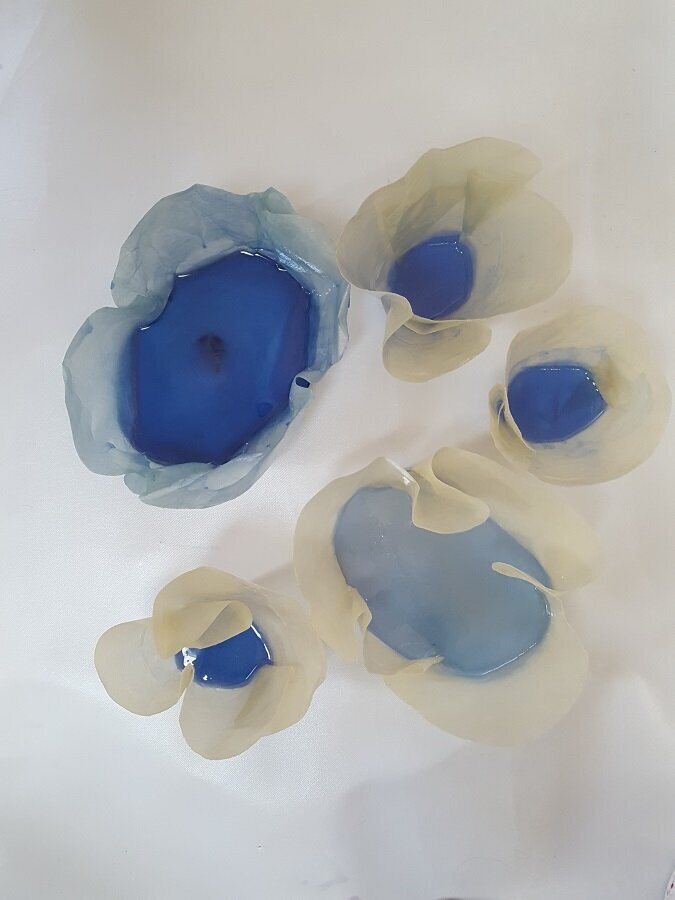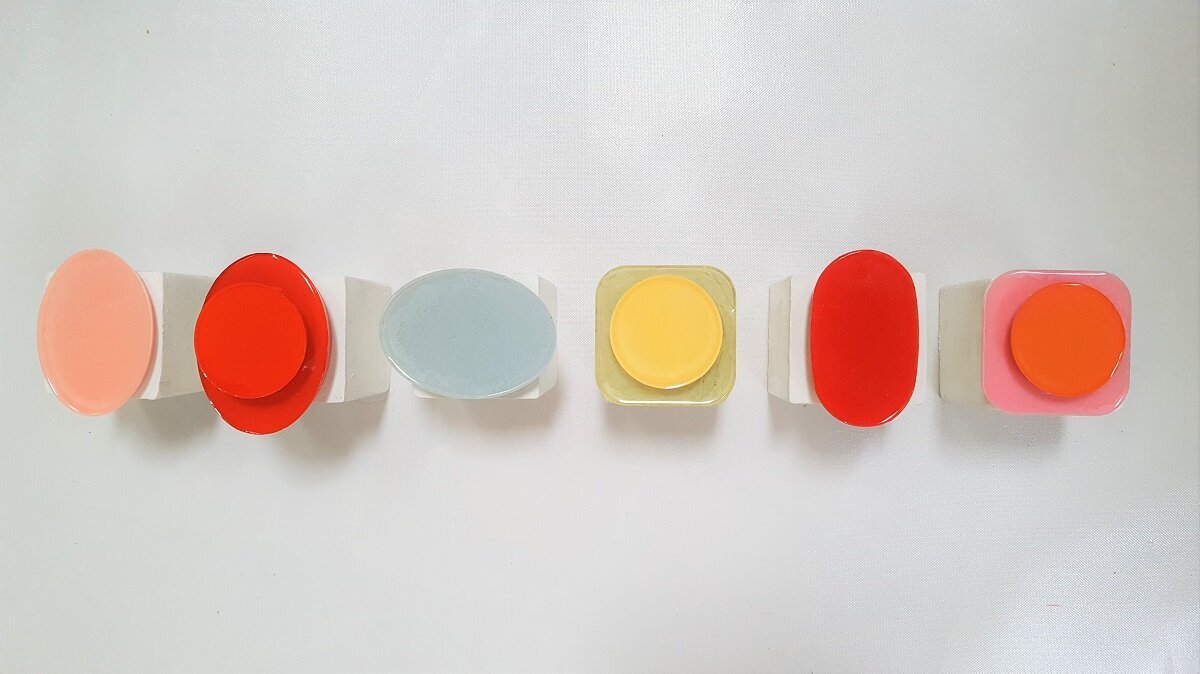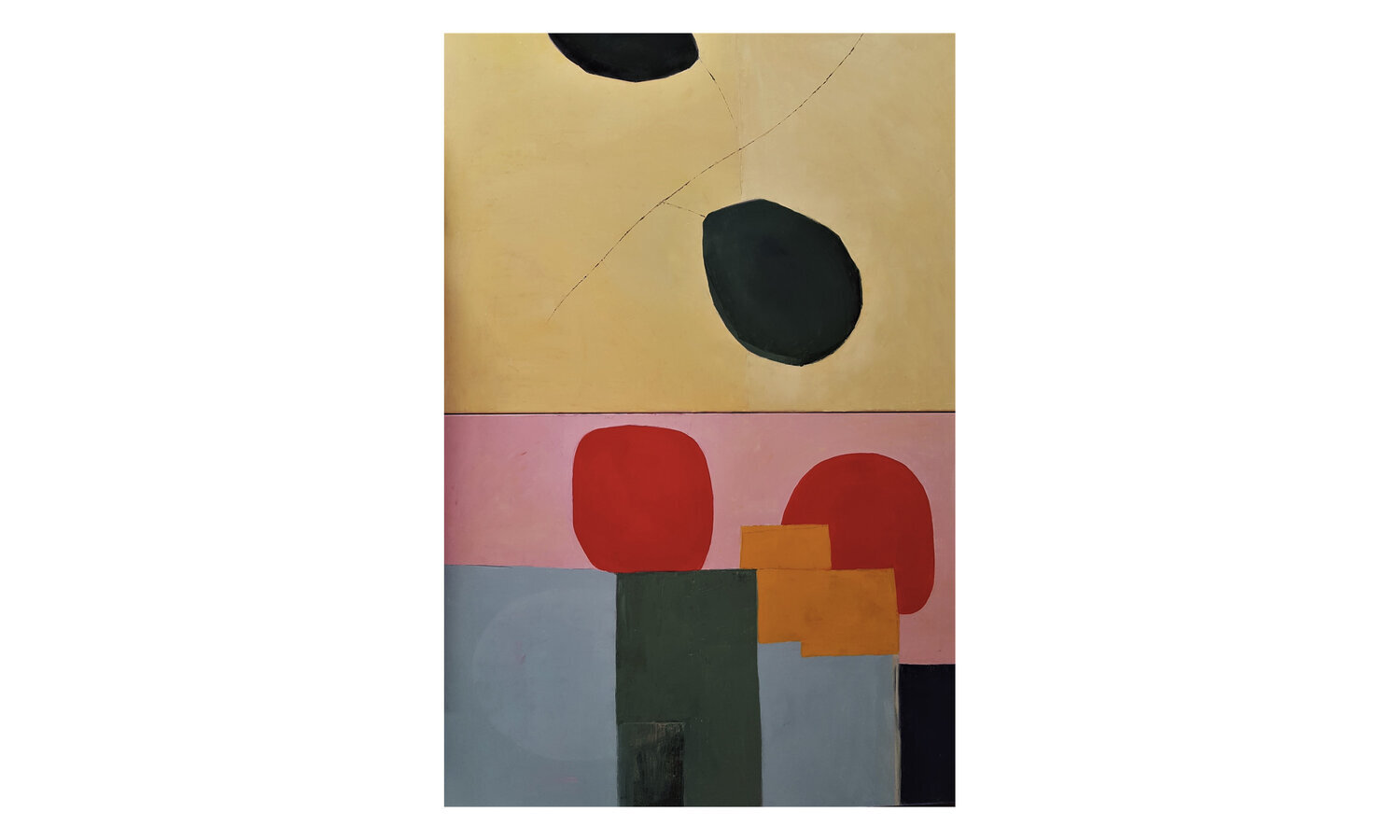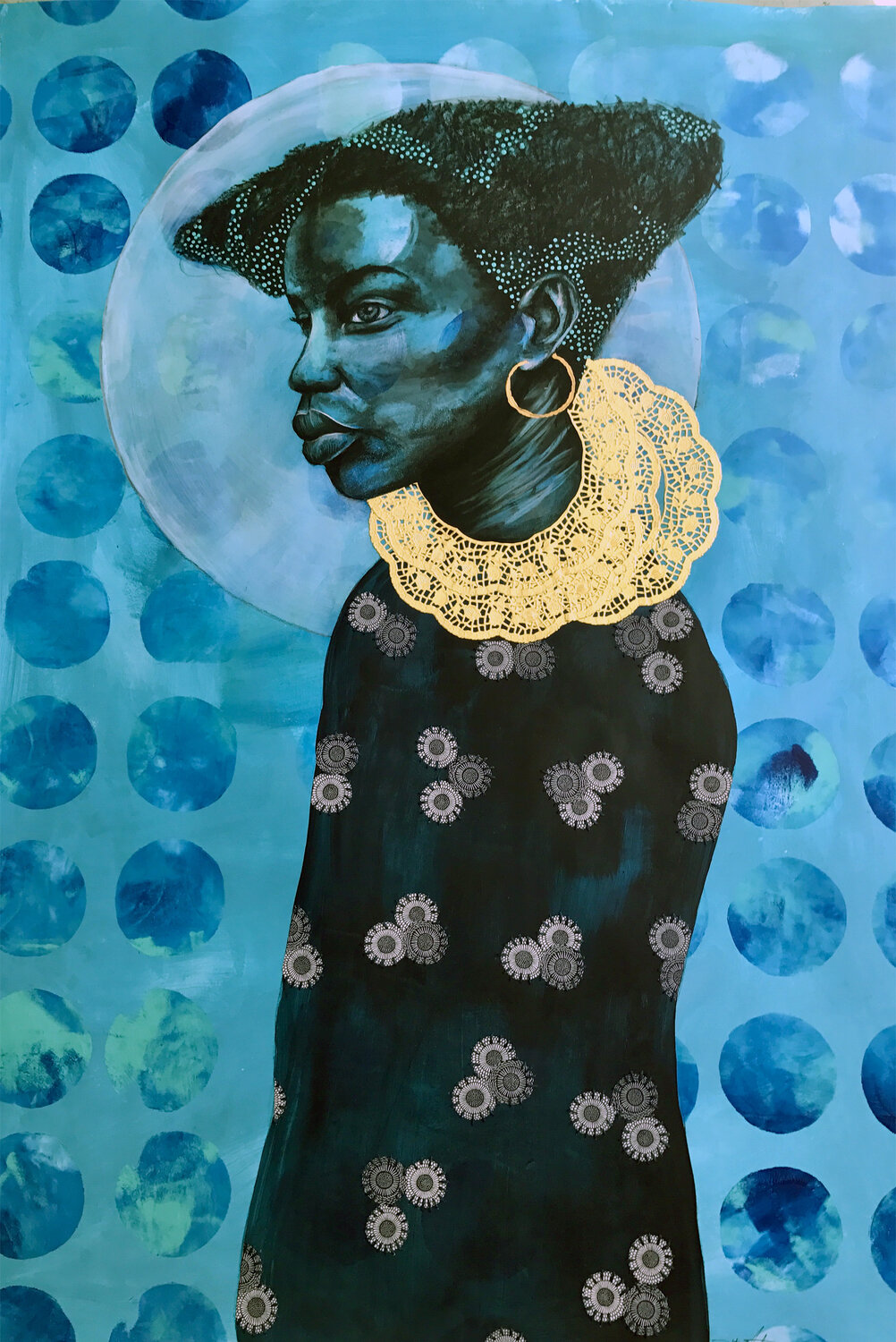Jaime Domínguez is highly in tune with design, color, and shape. The Mexican-born artist has a talent for playing with the visual field to draw you in and stir that innate human curiosity. In his own words, “the elements present in my work are the geometry through which I support the composition of all my designs, I could also say that architecture [is another element] but it is a very broad aspect, so I consider that geometry reduces the spectrum, mainly if we talk about the modernism, functionalism, deconstructivism, etc., within which geometry plays a central role.”
Aesthetic
One can describe Domínguez’s work as having both Minimalist and Abstract Expressionist elements. But much like those movements, there is more to discover about the worldview from which he creates. The aesthetic is much like a dance of polarities on the canvas, where light and dark meet, and strong and subtle collide. The artist’s Prisma and Kaleidoscope series also serves as reference of these layered complexities. If you’re familiar with the Mexican culture’s vibrant color themes and geometric shapes, through ancient culture, food, textiles, and handcrafted goods, you can see some of its influence on Domínguez’s artwork as well.
He explains:
Another fundamental element [important to me] is the aesthetics of Mexican popular art and specifically indigenous art, which in general is composed of simple and pure geometry in addition to its vast color palette, which is essential to execute my work... Finally, my essence as a Mexican and how I see the world from that place is what makes my work unique.
These characteristics seem simple, but it takes skill to manipulate color for balanced, effect-like purposes. You see bold colors, but you also see layers that complement those stronger hues as if they fade with grace. Or, they may emphasize the already existing color, depending on how you’re observing the work. Much like in most of his work, here viewing angle matters.
There are the geometrical shapes in which colors are engulfed, that serve as an added punch of detail to the works themselves. According to the shape, the motion is put to action and the colors and direction are dispersed in a fluid, synchronized effect.
Deeper Knowing
To fully appreciate abstract art, sometimes it’s easiest to take a step back when analyzing a work. With Domínguez’s art it is hard to do that, because the works have an attractive quality, flowing from the shapes and colors present, that keep you in the moment. What we see is a combination of something we can relate to within us that yields the “bigger picture” in an abstract sense. We all have these latent layers to ourselves, much like Domínguez’s paintings.
Some layers are expressed as bold colors, and some are soft like hidden qualities we expose from time to time. Whatever they are, they all encompass parts of ourselves that are very much alive and very much authentic to who we are, just like each of Jaime Domínguez’s works. They represent intricacies that are unique and beautiful, and that all reside within one place.
He shares his process:
In terms of shape, I am inspired by modern architecture, simple and defined forms. However, from time to time I break with this rule and include more organic or deconstructed forms, which I reinterpret from the sophisticated designs (interior and exterior) of cars or boats with sophisticated design. The color palette definitely comes from indigenous art. Even in most cases, I make my natural pigments with the same techniques that indigenous people use, and in other cases I acquire the pigments directly from the indigenous communities from which I inspire my work. I make my own blends with diversity of polymers so that they have longevity and a contemporary look. As for my influences in academic terms, they are more linked to architecture and many of its exponents of modernism, functionalism, deconstructivism, britalismo and some furniture designers of the early and mid-twentieth century.
Concluding Thoughts
Domínguez’s interests and techniques provide him range. They allow us to see the full spectrum of his art, where polarities attract and live within one artwork. His works have a 2-D quality to them because of his awareness with space, geometrical motion, and execution, and that is what makes them mesmerizing in their own way.
He touches on current projects:
I am currently working on the execution of my series "Pais Maravilla," which is a compilation of personal experiences with my Mexicanity, of how I see myself being Mexican in the face of global reality and at the same time what my culture has contributed to the global context. Basically, I take elements of the most relevant tangible and intangible cultural heritage in my life and put them into shape. It is a very personal reinterpretation of the transcendence of the clash of cultures (conquest) and I try to put it on a pro-positive plane in aesthetic terms. This series encompasses painting, sculpture, object, installation and is the most ambitious work I have done so far.
We look forward to seeing it! For more on the artist’s work, please visit his website.
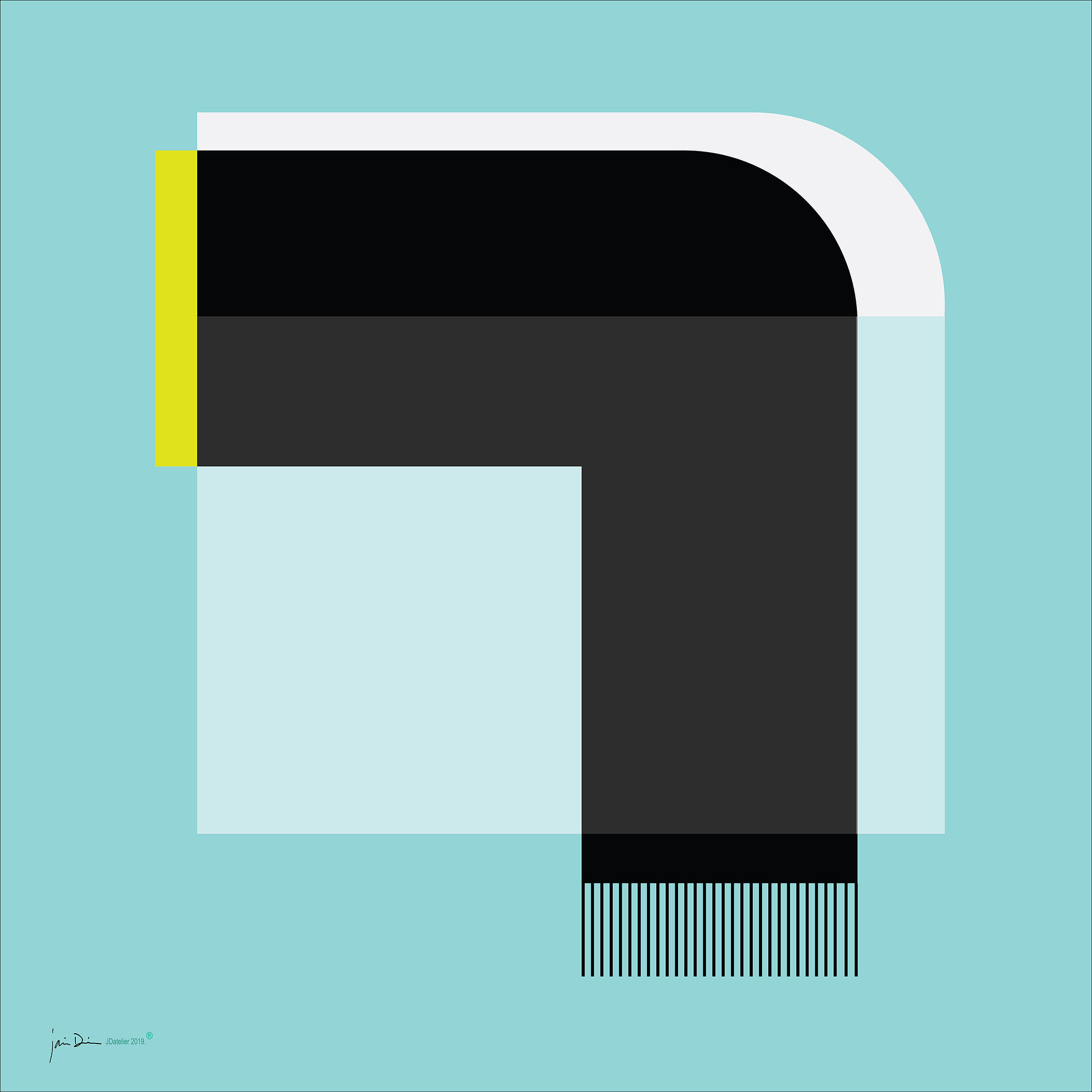
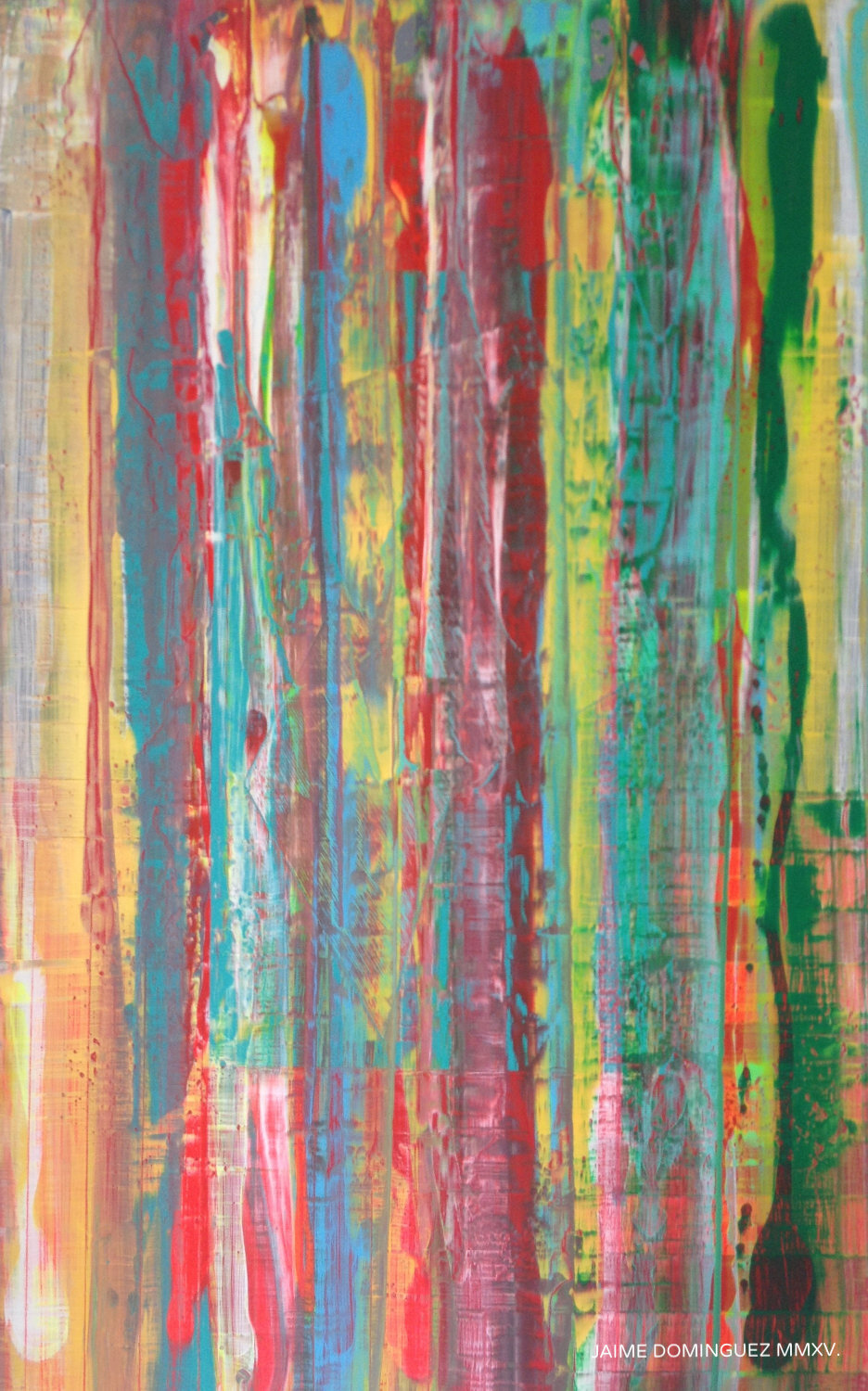
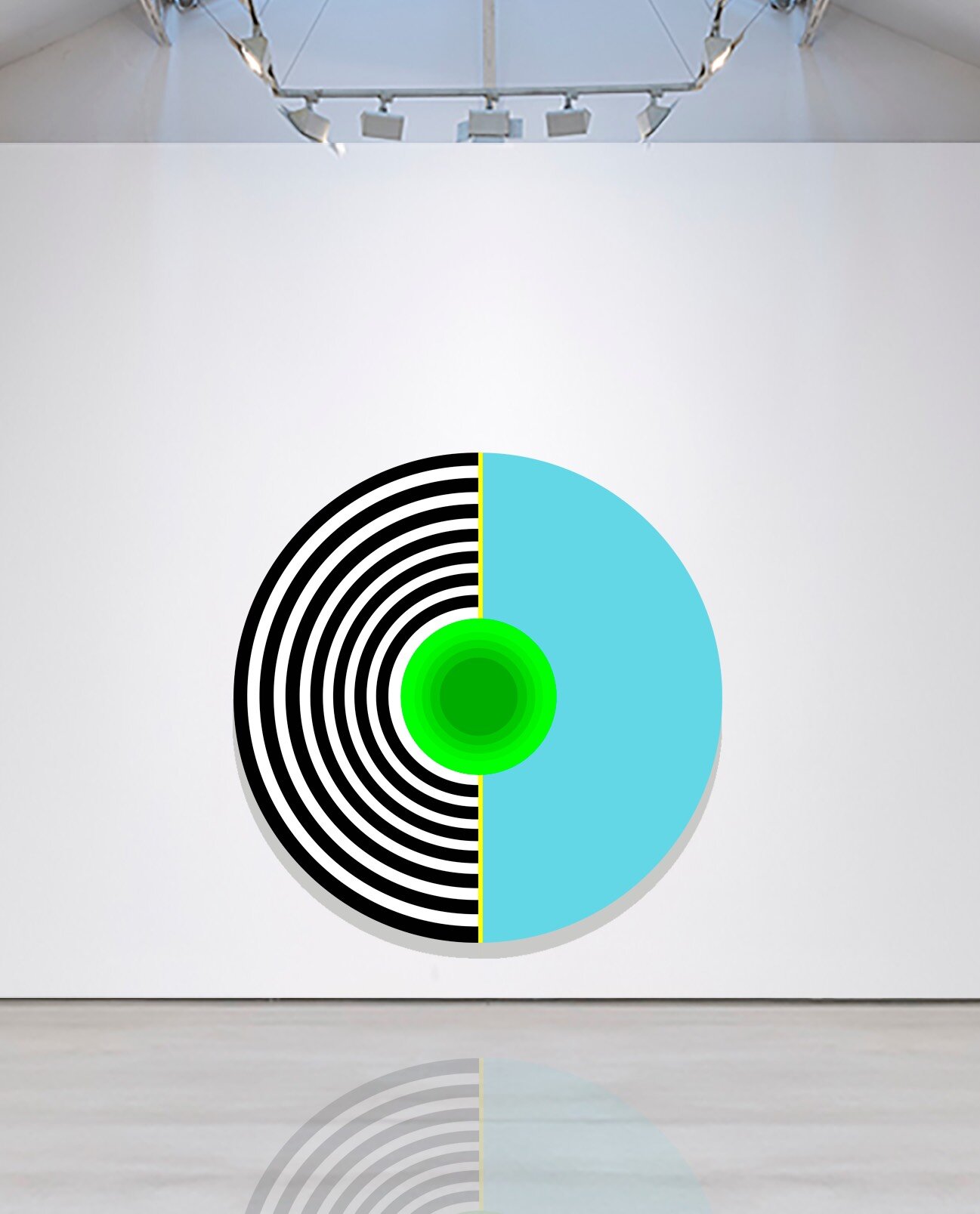
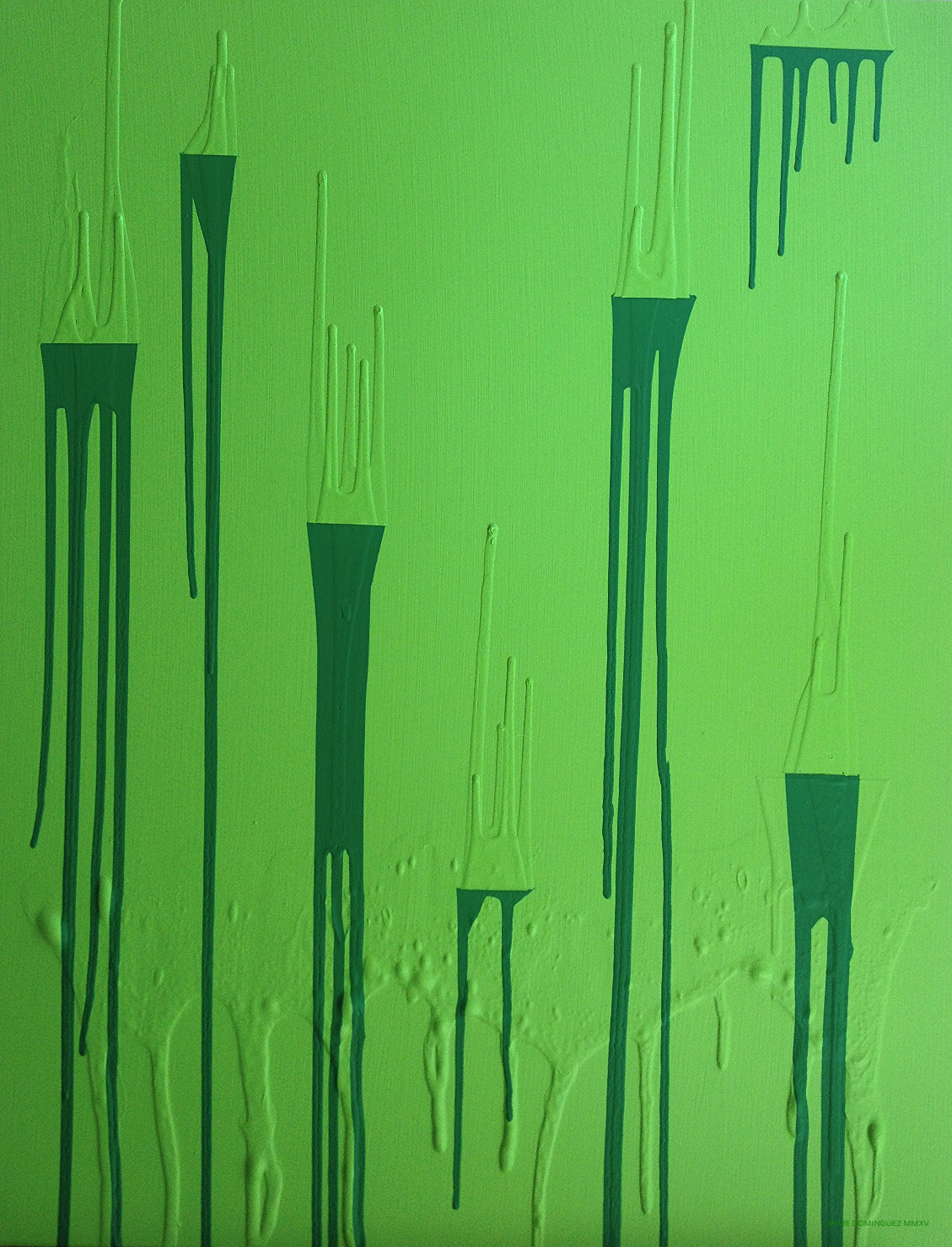
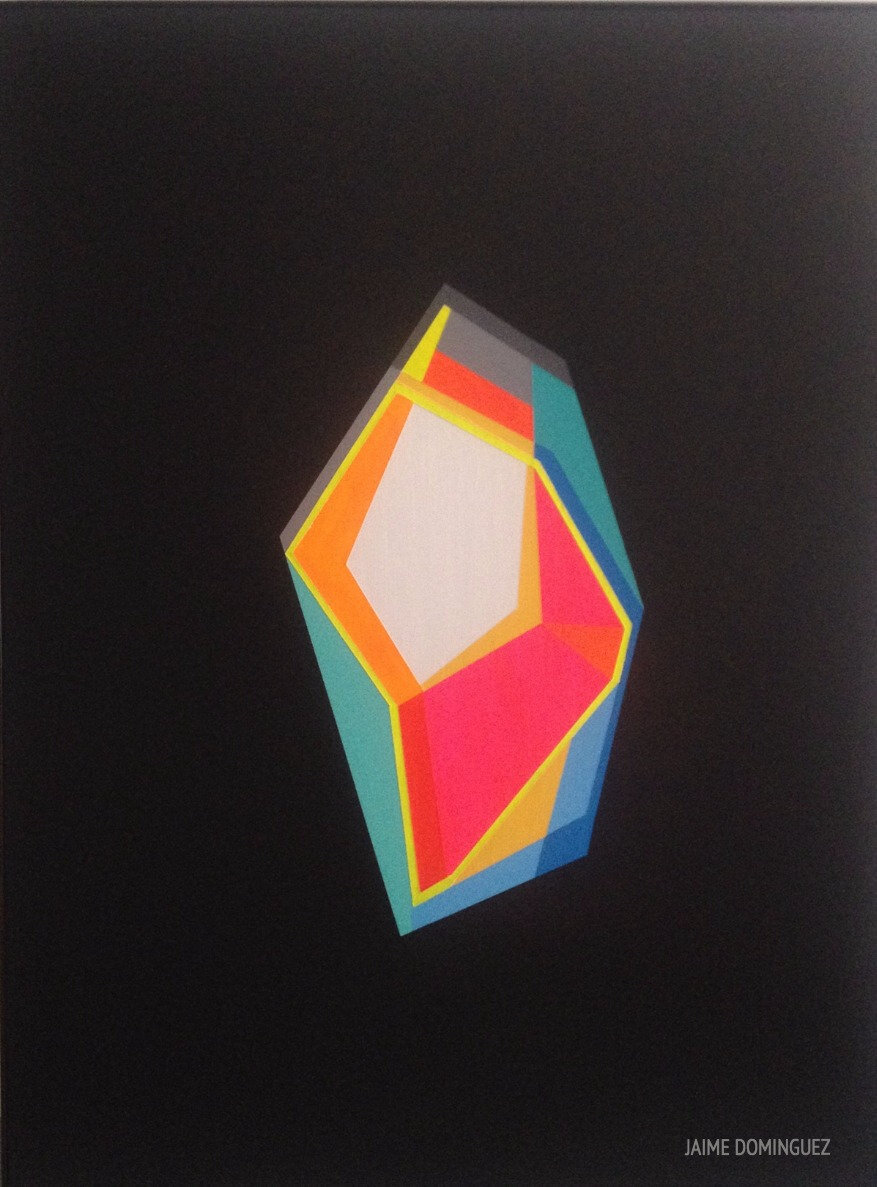
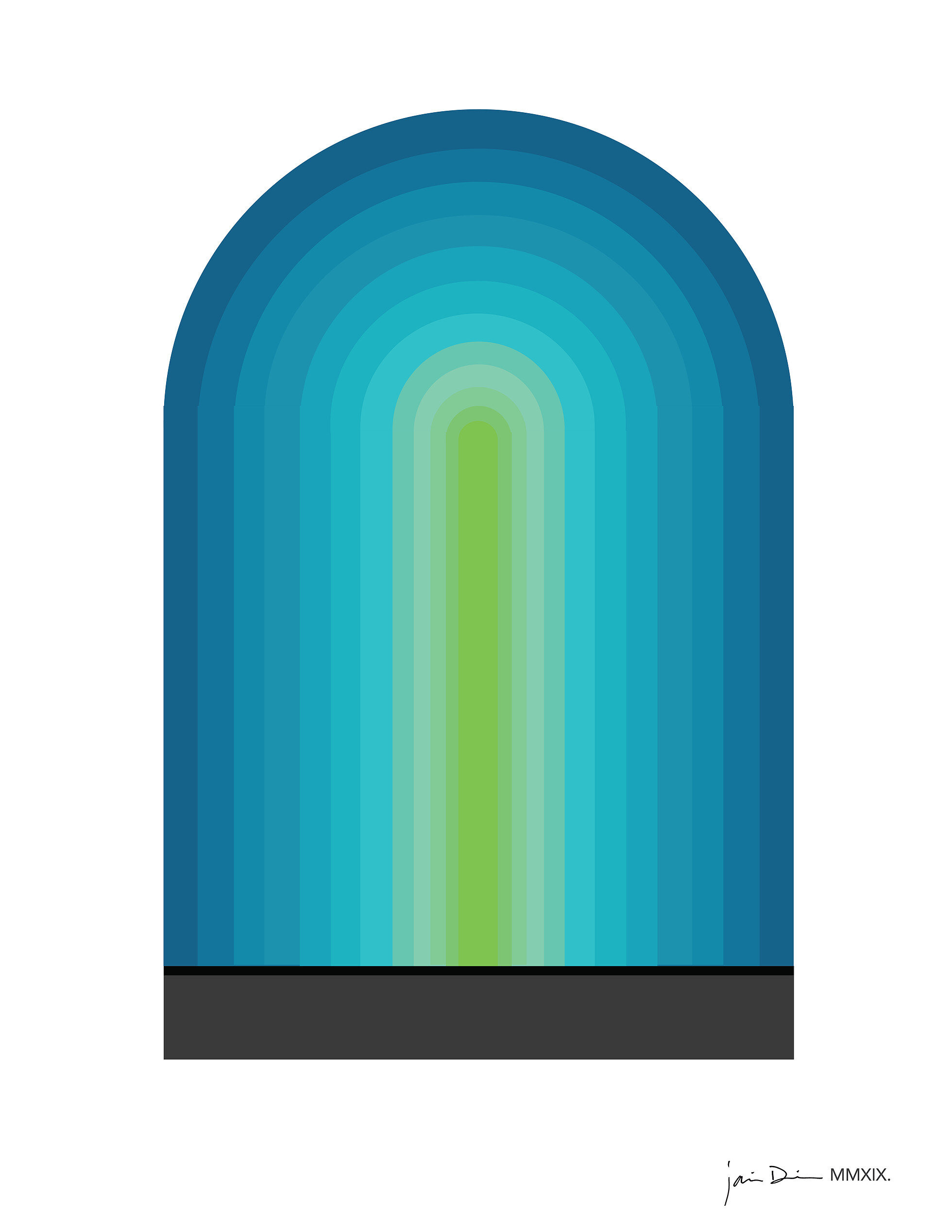
Today’s poem symbolizes Jaime’s connectivity with the world in a sophisticated, abstract manner:
Sales
Miguel might, if he speaks English, call the colors
of ukuleles stretching their necks from yards
of canvas duffel yoked across his shoulders,
auroral azul, cherry pop, or mojito green,
under this Pac Heights sky where the awful rich
snap their heels past shop windows, past goatskin bags
and spiked heels that bring them closer to heaven,
fibristic sheets of celadon paper from Zhejiang,
FIAT cremini, and Cinco de Mayo gelato.
Smiling past them, he passes with his happy load,
a display model whole and nude in his hand,
on sale to no one, uplifted like a Stratocaster
sacramental from mahogany forests in Paraguay.




